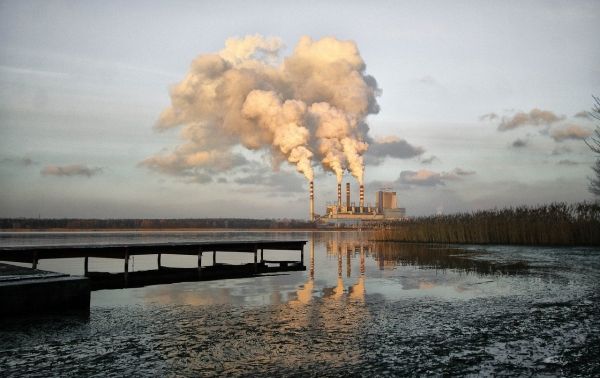Scientists of Tomsk Polytechnic University jointly with teams from the University of Chemistry and Technology, Prague and Jan Evangelista Purkyne University in Ústí nad Labem have developed a new 2D material to produce hydrogen, which is the basis of alternative energy. The material efficiently generates hydrogen molecules from fresh, salt, and polluted water by exposure to sunlight. The results are published in ACS Applied Materials & Interfaces (IF: 8,758; Q1).
“Hydrogen is an alternative source of energy. Thus, the development of hydrogen technologies can become a solution to the global energy challenge. However, there are a number of issues to solve. In particular, scientists are still searching for efficient and green methods to produce hydrogen. One of the main methods is to decompose water by exposure to sunlight. There is a lot of water on our planet, but only a few methods suitable for salt or polluted water. In addition, few use the infrared spectrum, which is 43% of all sunlight,” Olga Guselnikova, one of the authors and a researcher of the TPU Research School of Chemistry & Applied Biomedical Sciences, notes.
The developed material is a three-layer structure with a 1-micrometer thickness. The lower layer is a thin film of gold, the second one is made of 10-nanometer platinum, and the third is a film of metal-organic frameworks of chromium compounds and organic molecules.
“During the experiments, we watered material and sealed the container to take periodic gas samples to determine the amount of hydrogen. Infrared light caused the excitation of plasmon resonance on the sample surface. Hot electrons generated on the gold film were transferred to the platinum layer. These electrons initiated the reduction of protons at the interface with the organic layer. If electrons reach the catalytic centers of metal-organic frameworks, the latter were also used to reduce protons and obtain hydrogen,” Olga explains.
Read more at Tomsk Polytechnic University
Photo Credit: jwvein via Pixabay


